Concussions and LDL - Real World Data
At Kali we have one priority above all - we want to make anything we manufacture as safe as possible. Where advancements in helmet safety can be made, we make them. This has been the precedent from day one - innovation was the foundation for Kali's inception. Our core technology, Composite Fusion, was the result of over 3 years of R&D and tooling, well before we even produced our first helmet. Composite Fusion is the DNA found in all of our helmets - it allows us to make them smaller yet lighter and stronger.
How do we measure our success? By consistently implementing development strategies that address the challenges behind reducing brain injuries. We collect, analyze and share as much helmet crash performance data as possible. We do whatever it takes, using any and all available proven technologies to ensure our helmets continue to lead the way.
1. Reduce linear acceleration
2. Reduce rotational acceleration
Linear concussions are the result of direct impacts that stop the head moving forward. Your brain, however, continues moving and collides with the interior of the skull, causing damage to either the frontal lobe or occipital lobe, or both. Rotational concussions result from lateral (oblique) impacts that spin the brain on its axis causing brain structures to tear.
Much of what we have learned over the past decade of developing helmet technology can be reduced to one basic principle: A smaller helmet is a shorter lever on your head. If a larger helmet means a longer distance from the center of your brain to the end of the lever, then the impact area (read trail) that touches the helmet exerts greater acceleration forces on your brain. A smaller helmet means less of a lever arm on your head requiring more force to spin your brain. A reduction in the potential for TBI and MTBI can be achieved with a reduction in linear and rotational acceleration forces on your brain when you crash. Smaller and lighter helmets with LDL rotational technology.
Angular (oblique) impacts are still not accounted for consistently by current helmet standards. Most accredited test labs assume a consistent 90-degree linear impact condition, completely omitting rotational acceleration. Impact reconstructions are few and far between which leaves researchers with little data to help identify the most common and therefore preventable crashes.
Linear and rotational concussions occur in both high and low G impact scenarios. Current helmet standards only account for high G linear, or catastrophic impacts. These standards mandate that the foam helmet liners that we place next to our heads need to be very hard in order to pass catastrophic level impact testing. We also know that repeated low G impacts contribute to neurodegenerative problems (brain damage), such as chronic traumatic encephalopathy (CTE).
Traditional EPS liners do not protect against brain damage at low speeds (2 - 4m/s) or brain rotation at any speed (although Composite Fusion lowers impact forces by virtue of helmet size and weight reduction - a shorter lever on your head).
Research shows that there is an 80% chance of Mild Traumatic Brain Injury at 106 G, yet the current standards require an impact force reduction to only 275 - 400 G.
Kali’s omnidirectional impact technology, LDL (Low Density Layer), is our proprietary design and implementation of a viscoelastic material made by Armourgel. Armourgel has an open cell structure that gives breathability and flexibility, absorbs and dissipates energy at high and low speeds and can take repeat impacts without any loss of performance. Below is lab footage from Armourgel showing a bone snap test using an impact anvil - with and without Armourgel.
Placed between the hard foam liner of the helmet and the wearer's head, LDL strips are distributed throughout the helmet to ensure maximum airflow and comfort.
Their primary function, however, is to react to multiple-vector linear and rotational acceleration. LDL has multiple-vector elasticity - that is, LDL responds by stretching under pressure from a variety of different directions and force levels.
Armourgel started testing Kali's Shiva full face with and without LDL in rotational impact lab conditions in 2014. Shivas without LDL were Reference helmets, and Shivas equipped with LDL were classed as Advanced Liners. A guided falling mass with a 30° impact wedge was used to test up to 10 m/s.
A cantilevered mass was built to mimic the effect of a body mass, and an instrumented Hybrid III head form was attached to the body mass. The use of high-speed video enables correlation of head form kinematics with helmet position.
Results
■ In the Armourgel lab 6 m/s sagittal oblique impact tests, researchers found a significant reduction in peak rotational acceleration - up to 20% when testing with the Shiva equipped with
the LDL Advanced Liner in comparison to the Shiva Reference group.
■ Comparing the Shiva Reference helmets with the Shiva LDL Advanced Liner helmets, the LDL equipped helmets experienced up to a 30% reduction in peak linear acceleration.
■ Overall, researchers found a resultant potential to reduce the probability of MTBI from up to 60% down to 10% using an LDL equipped Shiva.
Nicholi Rogatkin's legendary 2015 Red Bull Rampage run has to be seen to be believed. The fact that he rode away is a testament to his athleticism and a very healthy dose of luck. Rogatkin was the first Kali rider to run a Shiva with LDL, a resultant prototype from the 2014 Armourgel rotational LDL tests. Our CEO and lead engineer Brad Waldron glued the strips into Nicholi's Shiva by hand a couple of months before Rampage.
Armourgel reconstructed Rogatkin's crash in their test facility, replicating it as accurately as possible, and then compared his real world crash data with the 2014 Shiva LDL oblique impact findings. Thanks to their lab techs, we now have two sets of oblique impact data to compare: the pre-crash Shiva LDL test data, and the dataset from the reconstruction of Rogatkin's crash.
The crash data was used to create a controlled impact test that measured both linear and rotational acceleration. Angle and position were adjusted to emulate the Rampage crash exactly. The speed was derived from video footage and screenshot analysis. All rotational testing (before and after the Rampage crash) was administered in the same lab, on the same test instruments, by the same operators. Check the math out here.
Results
■ In the Armourgel lab 6.1 m/s crash reconstruction impact tests, researchers found a 24% reduction in peak linear acceleration (120g – 98g) and 20% reduction in peak rotational acceleration.
Significant results in a test lab are encouraging, and indicate that our development strategies are moving in the right direction. There is, of course, no substitute for real world evidence. Two-wheeled accidents are a reality, and although we never want anyone to actually crash, real word data is critical to making better helmets.
We are in this case very fortunate to be able to learn from Nicholi. His and other crashed helmets are invaluable contributors to evaluating Kali's helmet performance. Acquiring accurate data is a big part a why we offer a Lifetime Crash Replacement policy. The steady stream of crashed helmets we receive are a wealth of knowledge. We want to see how they've held up out in the real world, and it allows us to carefully try and predict how our helmets will perform. We then adjust our engineering and development program based on what we learn. One of the raddest guys ever, Cedar Keyes, is the Kali Road Warrior. Cedar travels up and down the West Coast, providing race and event support with demo helmets, and he manages to collect crashed helmets for our test lab.
What's next? We can say that we have compelling performance data from both LDL test lab impacts and a real world crash reconstruction. We know that LDL can actively reduce the effects of both linear and rotational acceleration. We are confident enough in the effectiveness of LDL that it will come as standard equipment in Kali helmets as of 2019.
Questions? We’ll try and answer them either in the comments or by email - tech@kaliprotectives.com
MENTIONS: @KaliProtectives
How do we measure our success? By consistently implementing development strategies that address the challenges behind reducing brain injuries. We collect, analyze and share as much helmet crash performance data as possible. We do whatever it takes, using any and all available proven technologies to ensure our helmets continue to lead the way.
Two Challenges in Reducing Traumatic Brain Injury (TBI)
1. Reduce linear acceleration
2. Reduce rotational acceleration
Linear concussions are the result of direct impacts that stop the head moving forward. Your brain, however, continues moving and collides with the interior of the skull, causing damage to either the frontal lobe or occipital lobe, or both. Rotational concussions result from lateral (oblique) impacts that spin the brain on its axis causing brain structures to tear.
Much of what we have learned over the past decade of developing helmet technology can be reduced to one basic principle: A smaller helmet is a shorter lever on your head. If a larger helmet means a longer distance from the center of your brain to the end of the lever, then the impact area (read trail) that touches the helmet exerts greater acceleration forces on your brain. A smaller helmet means less of a lever arm on your head requiring more force to spin your brain. A reduction in the potential for TBI and MTBI can be achieved with a reduction in linear and rotational acceleration forces on your brain when you crash. Smaller and lighter helmets with LDL rotational technology.
Current Helmet Standards and Mild Traumatic Brain Injuries (MTBI)
Angular (oblique) impacts are still not accounted for consistently by current helmet standards. Most accredited test labs assume a consistent 90-degree linear impact condition, completely omitting rotational acceleration. Impact reconstructions are few and far between which leaves researchers with little data to help identify the most common and therefore preventable crashes.
Linear and rotational concussions occur in both high and low G impact scenarios. Current helmet standards only account for high G linear, or catastrophic impacts. These standards mandate that the foam helmet liners that we place next to our heads need to be very hard in order to pass catastrophic level impact testing. We also know that repeated low G impacts contribute to neurodegenerative problems (brain damage), such as chronic traumatic encephalopathy (CTE).
Traditional EPS liners do not protect against brain damage at low speeds (2 - 4m/s) or brain rotation at any speed (although Composite Fusion lowers impact forces by virtue of helmet size and weight reduction - a shorter lever on your head).
Research shows that there is an 80% chance of Mild Traumatic Brain Injury at 106 G, yet the current standards require an impact force reduction to only 275 - 400 G.
LDL – Low Density Layer
Kali’s omnidirectional impact technology, LDL (Low Density Layer), is our proprietary design and implementation of a viscoelastic material made by Armourgel. Armourgel has an open cell structure that gives breathability and flexibility, absorbs and dissipates energy at high and low speeds and can take repeat impacts without any loss of performance. Below is lab footage from Armourgel showing a bone snap test using an impact anvil - with and without Armourgel.
Placed between the hard foam liner of the helmet and the wearer's head, LDL strips are distributed throughout the helmet to ensure maximum airflow and comfort.
Their primary function, however, is to react to multiple-vector linear and rotational acceleration. LDL has multiple-vector elasticity - that is, LDL responds by stretching under pressure from a variety of different directions and force levels.
Armourgel Test Lab - Shiva With LDL Oblique Impact Testing
Armourgel started testing Kali's Shiva full face with and without LDL in rotational impact lab conditions in 2014. Shivas without LDL were Reference helmets, and Shivas equipped with LDL were classed as Advanced Liners. A guided falling mass with a 30° impact wedge was used to test up to 10 m/s.
A cantilevered mass was built to mimic the effect of a body mass, and an instrumented Hybrid III head form was attached to the body mass. The use of high-speed video enables correlation of head form kinematics with helmet position.
Results
■ In the Armourgel lab 6 m/s sagittal oblique impact tests, researchers found a significant reduction in peak rotational acceleration - up to 20% when testing with the Shiva equipped with
the LDL Advanced Liner in comparison to the Shiva Reference group.
■ Comparing the Shiva Reference helmets with the Shiva LDL Advanced Liner helmets, the LDL equipped helmets experienced up to a 30% reduction in peak linear acceleration.
■ Overall, researchers found a resultant potential to reduce the probability of MTBI from up to 60% down to 10% using an LDL equipped Shiva.
Real World Data - Rogatkin's Crash Reconstruction
Nicholi Rogatkin's legendary 2015 Red Bull Rampage run has to be seen to be believed. The fact that he rode away is a testament to his athleticism and a very healthy dose of luck. Rogatkin was the first Kali rider to run a Shiva with LDL, a resultant prototype from the 2014 Armourgel rotational LDL tests. Our CEO and lead engineer Brad Waldron glued the strips into Nicholi's Shiva by hand a couple of months before Rampage.
Armourgel reconstructed Rogatkin's crash in their test facility, replicating it as accurately as possible, and then compared his real world crash data with the 2014 Shiva LDL oblique impact findings. Thanks to their lab techs, we now have two sets of oblique impact data to compare: the pre-crash Shiva LDL test data, and the dataset from the reconstruction of Rogatkin's crash.
The crash data was used to create a controlled impact test that measured both linear and rotational acceleration. Angle and position were adjusted to emulate the Rampage crash exactly. The speed was derived from video footage and screenshot analysis. All rotational testing (before and after the Rampage crash) was administered in the same lab, on the same test instruments, by the same operators. Check the math out here.
Results
■ In the Armourgel lab 6.1 m/s crash reconstruction impact tests, researchers found a 24% reduction in peak linear acceleration (120g – 98g) and 20% reduction in peak rotational acceleration.
Significant results in a test lab are encouraging, and indicate that our development strategies are moving in the right direction. There is, of course, no substitute for real world evidence. Two-wheeled accidents are a reality, and although we never want anyone to actually crash, real word data is critical to making better helmets.
We are in this case very fortunate to be able to learn from Nicholi. His and other crashed helmets are invaluable contributors to evaluating Kali's helmet performance. Acquiring accurate data is a big part a why we offer a Lifetime Crash Replacement policy. The steady stream of crashed helmets we receive are a wealth of knowledge. We want to see how they've held up out in the real world, and it allows us to carefully try and predict how our helmets will perform. We then adjust our engineering and development program based on what we learn. One of the raddest guys ever, Cedar Keyes, is the Kali Road Warrior. Cedar travels up and down the West Coast, providing race and event support with demo helmets, and he manages to collect crashed helmets for our test lab.
What's next? We can say that we have compelling performance data from both LDL test lab impacts and a real world crash reconstruction. We know that LDL can actively reduce the effects of both linear and rotational acceleration. We are confident enough in the effectiveness of LDL that it will come as standard equipment in Kali helmets as of 2019.
Questions? We’ll try and answer them either in the comments or by email - tech@kaliprotectives.com
MENTIONS: @KaliProtectives
Author Info:
Must Read This Week
Sign Up for the Pinkbike Newsletter - All the Biggest, Most Interesting Stories in your Inbox
PB Newsletter Signup

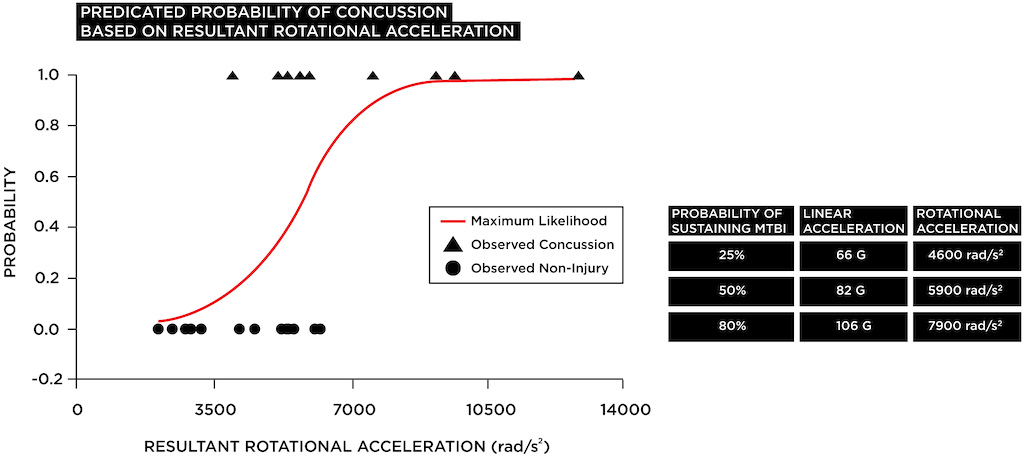

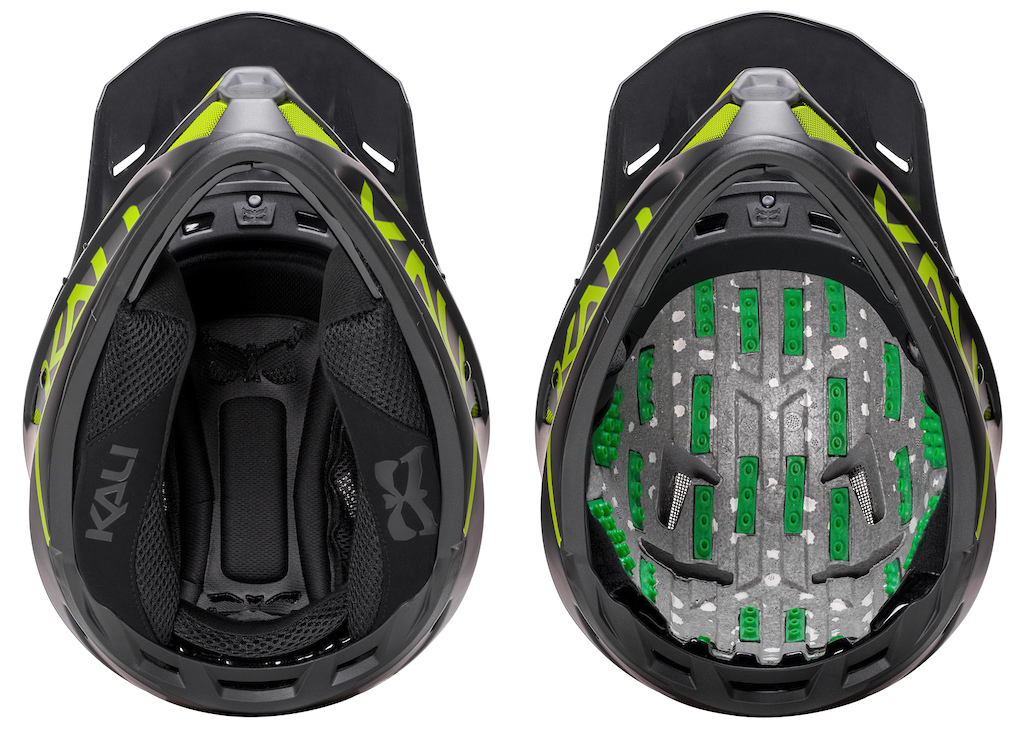
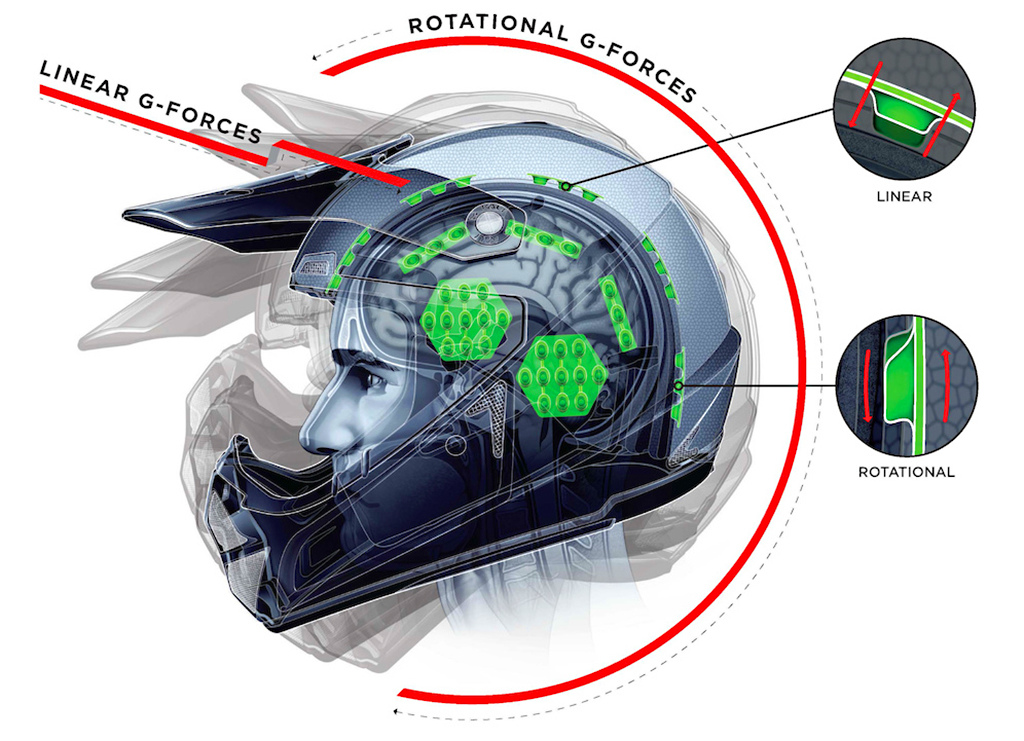
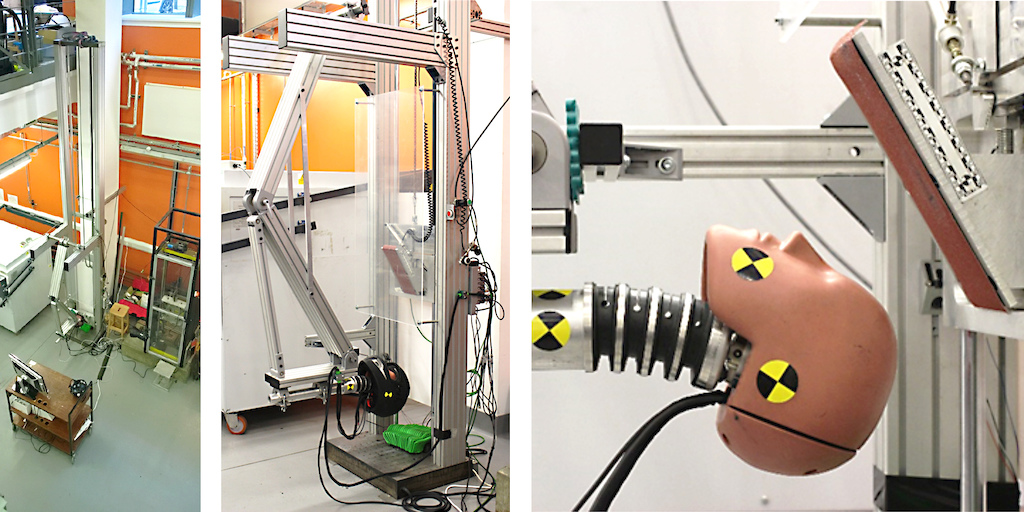
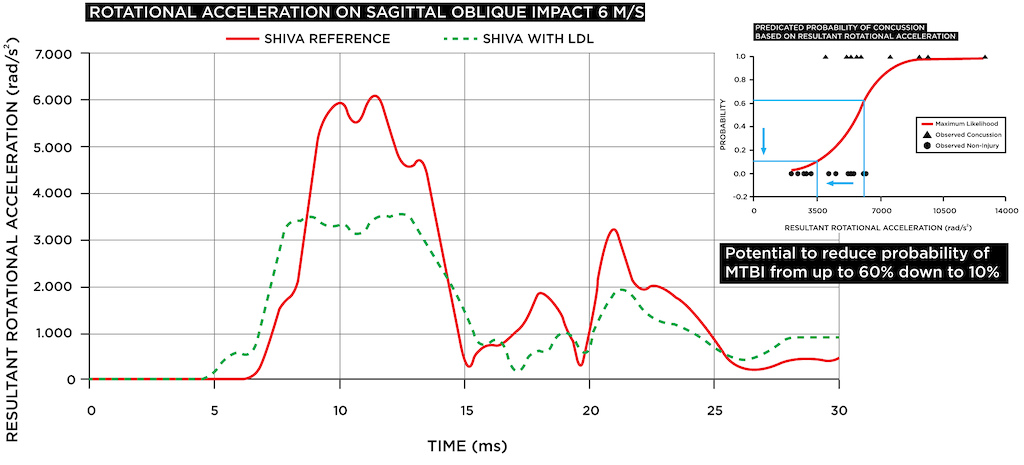
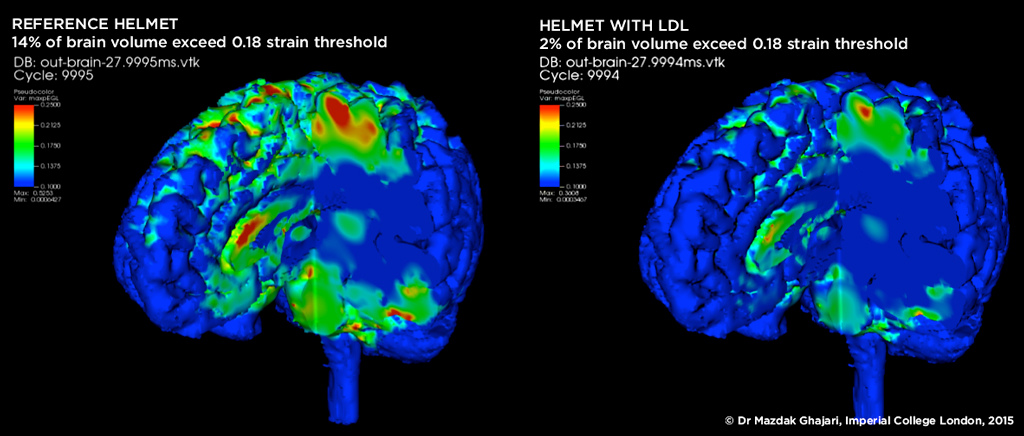
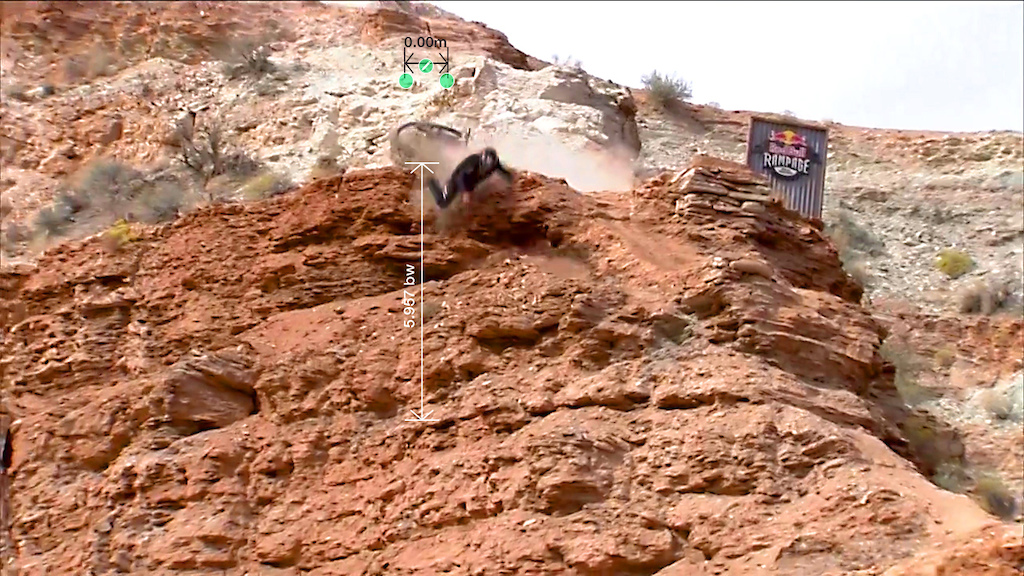

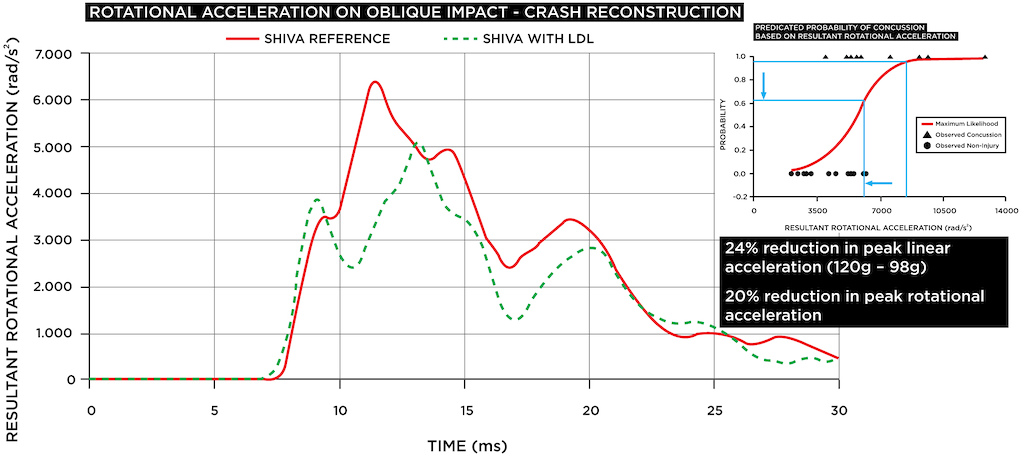

I wear one though if that is of any value.
I remember when people used to say it was safer to not wear a seat belt in a car because people were sometimes saved by being thrown out in an accident before the car went over a cliff or burned or sank. During that period far, far more people died simply going through the windscreen in a head on or nose to tail. Wearing a brace for me is like a seat belt...it helps.
www.ted.com/talks/david_camarillo_why_helmets_don_t_prevent_concussions_and_what_might
I had my fair share of concussions though not necessarily all of them from riding bikes. The first one was from being hit by a car straight to my jaw so there was definitely some rotation involved. That was at the age of 9. Maybe time spent in the mosh pit at metal concerts wasn't too great either. According to my surroundings that first concussion triggered my ADHD symptoms. It definitely is the "fun" disorder at times and I can't imagine myself without it, but yet at the same time it can be limiting when attempting complex stuff at school or work.
I always thought these little kids with their huge full face helmets could shear their heads straight off when they crash, they might be better off without a helmet! So good on you for producing proper small full face helmets. Then again I thought I'd never get a good helmet fit because of all my hair. But maybe that actually saved me. I usually stow it in a bandana to make it easier to cram it in my helmet. But apparently that might have worked as a great slip layer and saved me a couple of times, could it be? Do you see any negative correlation between hair and concussions?
The linked video is interesting. Apparently air could provide decent protection. That got me thinking of this local brand called Egg (egghelmets.com). They make by far the coolest looking helmets out there but unfortunately currently only for kids. What it doesn't say on their website is that to make them fit snug, you inflate the liner after you put them on. There is a small bellow near your chin where can pump it up. Saves you the hassle of fiddling with that strap behind the head but could a solution like this also prevent concussions? I definitely need them to release adult helmets
I'd definitely be interested to try your Maya helmet but your dealer network is still limited in Europe. Nearest dealers are in France or the UK. So for the time being, I'd better keep the hair long (as a slip layer), don't mount large elements to the helmet (light or camera) and maybe get one of these Egg helmets when they're being released for adults (and still have an inflatable liner).
Side note, I also bought a Fox Proframe as I really wanted something with full face protection AND that is bearable on hot summer days here in the southeast.
Essentially the goal of these designs is to reduce rotational impact forces to the brain, especially in motorcycles since rotatioal impacts are far more common (higher speeds). None of the DOT, ASTM DH, SNELL, etc tests actually test for rotational impacts, only head on impacts. Pun intended.
I would like to see rotational impact protection standards in all helmets. The fact that most helmets still just use eps foam and a shell seems primitive.
There are a few additional points which should be known for the common folk, in particular that this science brain magic isn't extremely well known, and that we are still learning tons about MTBI mechanisms and injury thresholds. Who would have thought the brain is a complicated thing to study haha! I find it very interesting to directly reference the probability curves developed by Greenwald's(I think, references!!) study of MTBI in football without discussion of caveats in this study. Additionally, biofidelic response in FE models is questionable as most data that it is validated against is cadaveric, and tissue response can drastically change post-mortem.
I am not arguing that mechanisms to reduce strain in oblique impacts are not beneficial (I believe they are very beneficial!), but that there is a little more to the story. That said, this is a sweet article providing some discussion of how helmets really work, and how companies like Kali are trying to design the best possible product!
Who do you think would ever give us that kind of detail about a helmet if not the company itself? Answer: no-one.